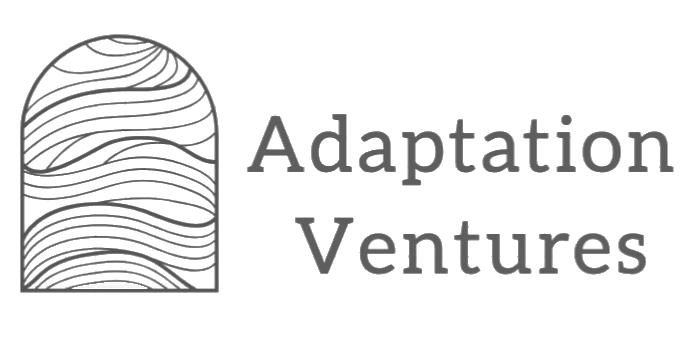Southeast Asia is one of the world’s regions most vulnerable to climate change, with three out of its 11 countries placed in the top 10 list of the most climate-threatened countries worldwide. The region sits at the intersection of high climate vulnerability, a growing need for resilient systems, and a dynamic base of underserved enterprises
Our expertise in rural communities enables us to deliver flexible investment in financial assets that are nature-based, scientifically sound, and driven by local communities
-
In SE Asia, 75% of vulnerable populations reside in rural areas, where agriculture is their primary source of income. By 2050, 20% of the region’s population will face food insecurity due to a projected 10% decline in agricultural productivity.
The world’s 600 million smallholder farmers (100 million of which reside in SE Asia), working on less than two hectares of land, produce roughly 30–34% of the global food supply yet, most financing available to smallholder farmers is poorly suited to their reality. Without measures to help smallholder farmers adapt to climate change, it is estimated that global agricultural productivity will decrease by 17% by 2050.
-
80% of Southeast Asia’s population lives in coastal or low-lying areas, which are increasingly threatened by sea-level rise, cyclones, flooding, and heatwaves. The region also contains 40% of the world’s coral reefs and 35% of the world’s mangroves - critical ecosystems that are under urgent threat.
Coastal communities in low lying regions and in small island states are some of the most vulnerable to climate change worldwide. Yet adaptation finance dedicated to help coastal communities conserve, restore and protect coastal and marine habitats is falling critically short of what is needed.


